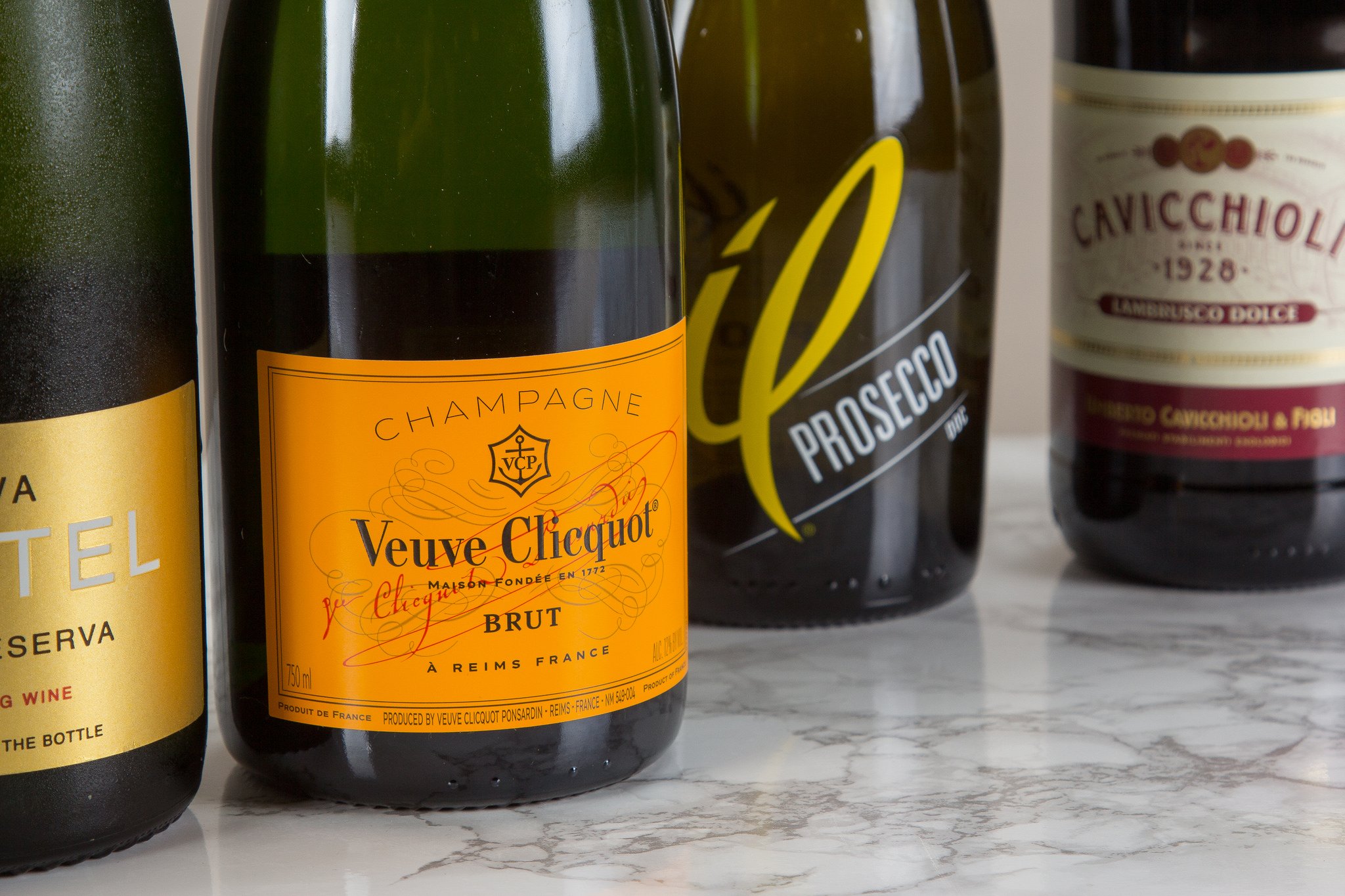
New Year's Eve is just around the corner and if you're like a lot of us, you may have champagne on the brain… or maybe you have sparkling wine on the brain and you just think that it's champagne - that's possible too.
You may or may not know that the only sparkling wine that can legally be referred to as champagne, is a sparkling wine that is actually made in France's Champagne region (about 80,000 acres of land approximately 90 miles northeast of Paris.)
The severe climate, dry sub-soil, inconsistent sun and limited harvest join forces to create a one of a kind type of bubbly that can be emulated but never duplicated.
If it comes from California, Massachusetts or anyplace other than Champagne, it's probably still delicious – you just can't call it champagne. It's simply a bottle of sparkling wine.
Did you know…
The signature bubbles in champagne are the result of an accident! Way back in the 1700s they wanted their wine to be flat – like it had always been. After a couple of "mistakes" gave them bubbly, carbonated wine, a very bright monk by the name of Dom Pérignon (yep, Dom was a monk) decided to embrace the drink and make it even better, bubbles and all. Before he knew it, his "accident" was in high demand for French aristocrats and royalty.
It's a Cyclical Market
50% of champagne is sold between January and the end of November
25% is sold between December 1st and the Christmas holiday on December 25th
25% of annual sales occur in just one week, the final week between Christmas and New Years
Types of Champagne
There are six kinds:
- Brut is the most common variety and also the driest
- Extra-dry which is actually less dry than Brut (a bit misleading, no?)
- Sec is kind of a semi-sweet
- Demi Sec is very sweet
- Vintage bottles (created using grapes that all come from one particular harvest)
- Non-vintage bottles (made with a blend of grapes from various years)
Storing & Chilling
It's fitting that champagne is fancy and refined, seeing as it's pretty fragile for a drink. It's definitely far more light and temperature sensitive than other wines. This means it should be stored upright or horizontally in a cool, dark environment (40-60°F) to avoid any trouble.
When you serve it, you want to make sure that it's chilled but not too cold. Champagne reaches its ideal temperature (which is 40-45°F) after about three hours in the refrigerator or twenty minutes in a bucket filled with ice and cold water. NEVER chill champagne in the freezer.
Opening
Cut the foil and undo the the wire cage thing (it's actually called a muselet.) Once that's off, grab the cork in one hand (some prefer to do so at an angle, with a towel) and then turn the bottle with the other (holding it at the bottom.) The cork comes off easily that way.
Glassware
You need a tall, tulip shaped flute that allows the bubbles room to move around. This gives the aromas a chance to release, too. Make sure the glasses are clean and rinsed well (soap residue will make the champagne go flat.) When you pour, only fill the glass two-thirds full.




Leave a Comment